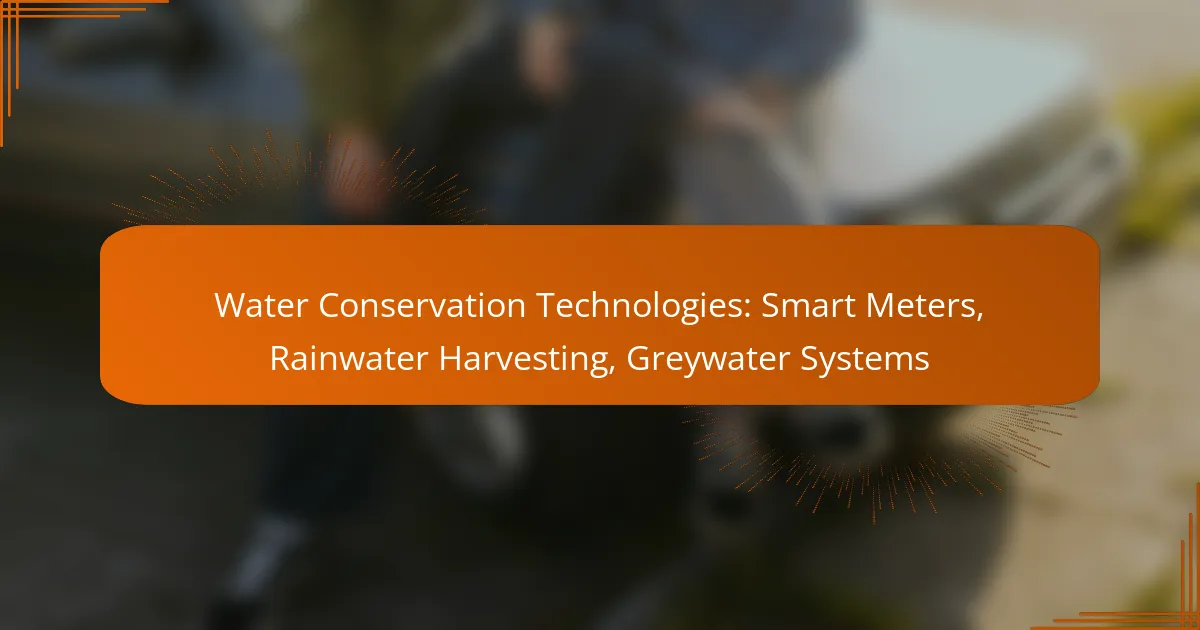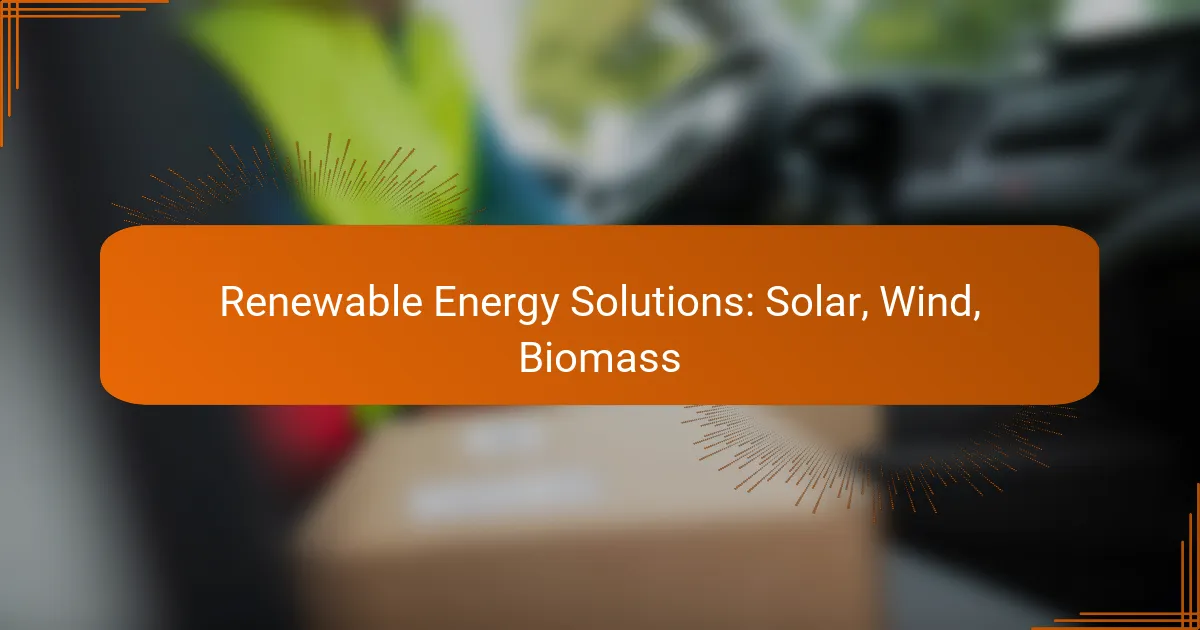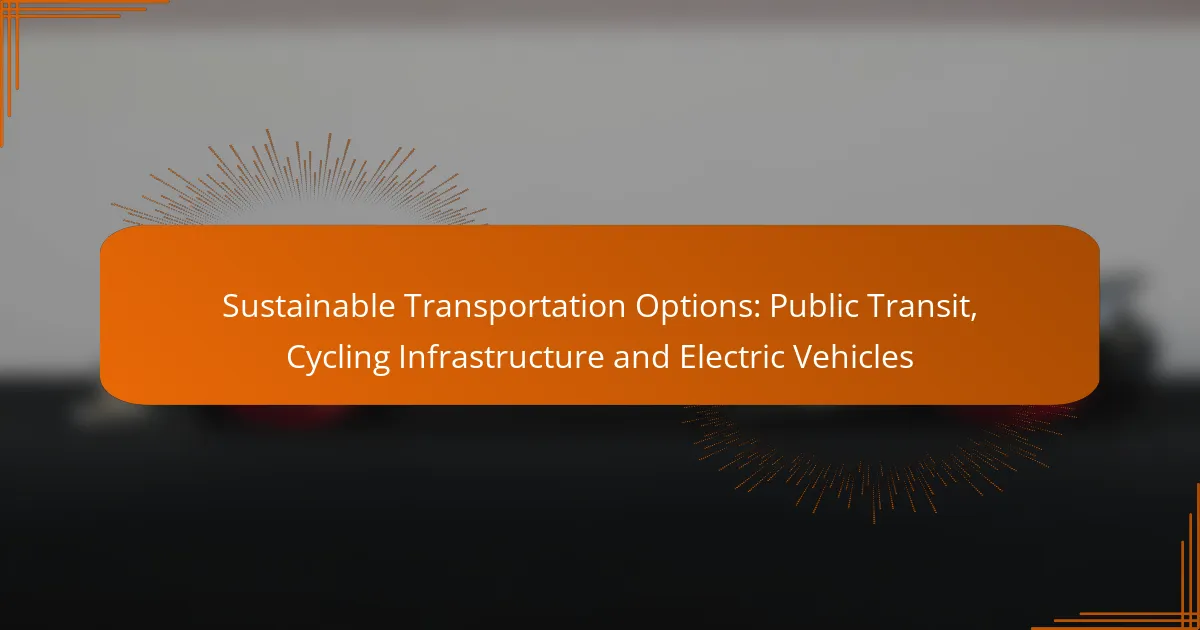Water conservation technologies such as smart meters, rainwater harvesting systems, and greywater recycling systems play a crucial role in reducing water usage and promoting sustainability. These innovative solutions not only help conserve precious water resources but also offer significant cost savings for both households and businesses.
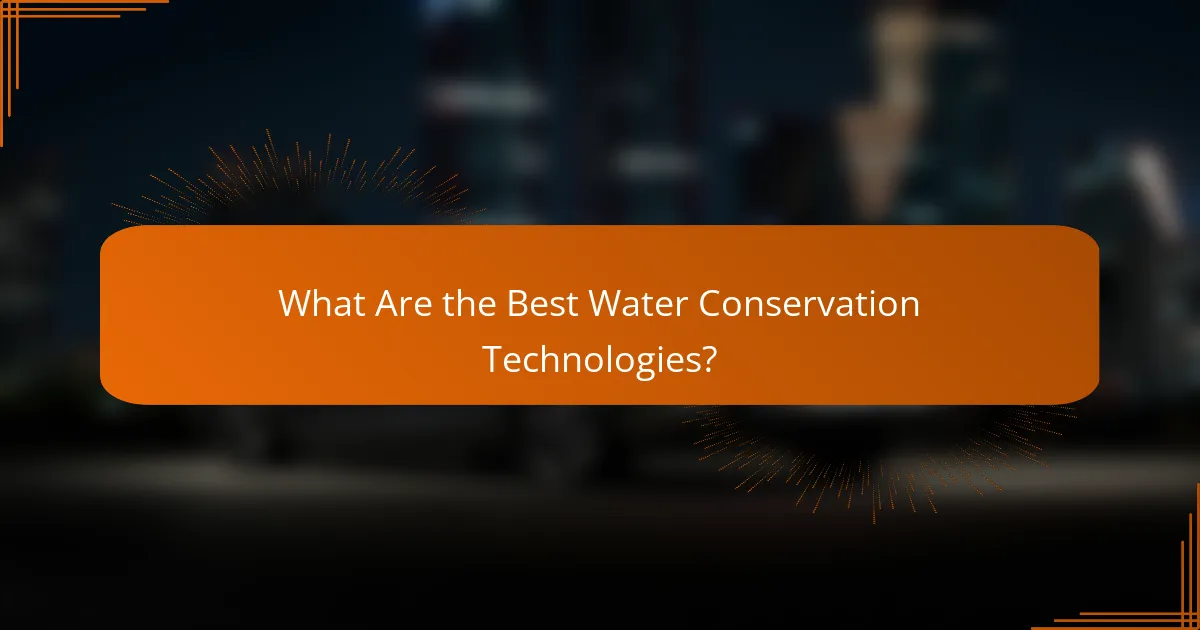
What Are the Best Water Conservation Technologies?
The best water conservation technologies include smart water meters, rainwater harvesting systems, and greywater recycling systems. These solutions help reduce water usage, promote sustainability, and can lead to significant cost savings for households and businesses.
Smart Water Meters
Smart water meters track water usage in real-time, providing accurate data to consumers and utilities. They help identify leaks and inefficiencies, allowing users to adjust their consumption habits accordingly.
These meters often connect to mobile apps, enabling users to monitor their water usage from anywhere. This technology can lead to a reduction in water bills and promote more responsible water management.
Rainwater Harvesting Systems
Rainwater harvesting systems collect and store rainwater for later use, such as irrigation or toilet flushing. This method reduces reliance on municipal water supplies and can be particularly beneficial in areas with limited water resources.
Installation typically involves gutters, downspouts, and storage tanks. Homeowners can save on water costs while contributing to environmental sustainability by using a natural resource.
Greywater Recycling Systems
Greywater recycling systems treat and reuse wastewater from sinks, showers, and washing machines for non-potable purposes. This technology can significantly decrease overall water consumption in a household.
Systems can vary in complexity, from simple diverters to advanced treatment units. Proper installation and maintenance are crucial to ensure safety and compliance with local regulations.
Benefits of Each Technology
Smart water meters offer precise usage data, helping users identify waste and save money. Rainwater harvesting systems provide a sustainable water source, reducing dependence on treated water. Greywater recycling systems help conserve fresh water and lower utility bills.
Each technology contributes to environmental sustainability and can enhance a property’s value. Implementing these systems can lead to a more resilient water supply, especially in drought-prone areas.
Cost-Effectiveness
The cost-effectiveness of these technologies varies based on installation and maintenance expenses. Smart water meters typically have lower upfront costs, often ranging from a few hundred to a couple of thousand dollars, depending on the system’s complexity.
Rainwater harvesting systems can range from a few hundred to several thousand dollars based on tank size and installation. Greywater systems may have higher initial costs but can lead to substantial savings over time through reduced water bills.
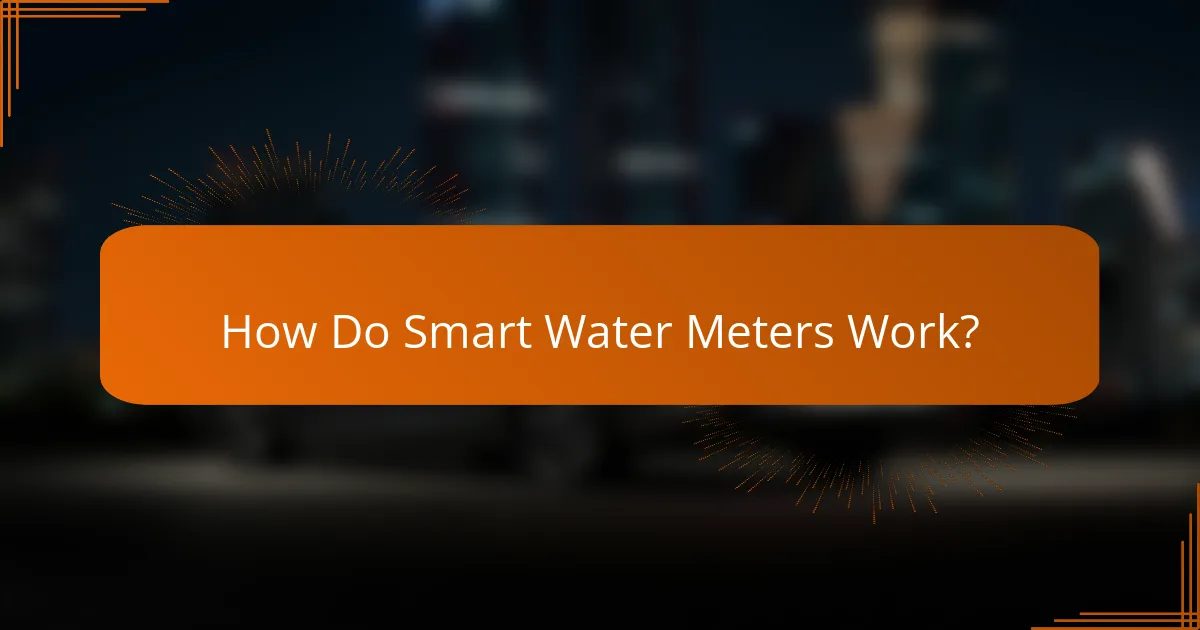
How Do Smart Water Meters Work?
Smart water meters function by measuring water usage in real-time and transmitting this data to both consumers and utility providers. They utilize advanced technology to provide accurate readings, enabling better water management and conservation efforts.
Real-Time Data Monitoring
Real-time data monitoring allows users to track their water consumption as it happens. Smart meters send usage data to an online platform, which can be accessed via smartphones or computers, providing insights into daily, weekly, or monthly water usage patterns.
This immediate access helps consumers identify trends and make informed decisions about their water use. For example, if a household notices a spike in usage, they can investigate potential leaks or adjust habits to conserve water.
Leak Detection Features
Leak detection features in smart water meters alert users to unusual consumption patterns that may indicate leaks. These systems often set thresholds for normal usage and notify homeowners when consumption exceeds these limits, potentially preventing costly water damage.
Some models can even pinpoint the location of leaks within the plumbing system, making repairs more efficient. Regular monitoring and prompt action can save users significant amounts on water bills and reduce waste, aligning with local water conservation regulations.

What Are the Benefits of Rainwater Harvesting?
Rainwater harvesting offers numerous advantages, including reduced water costs and positive environmental effects. By collecting and storing rainwater, households and businesses can supplement their water supply, leading to significant savings and sustainable water management.
Reduced Water Bills
Implementing a rainwater harvesting system can lead to lower water bills by decreasing reliance on municipal water sources. Homeowners can save anywhere from 30% to 50% on their water expenses, depending on their usage and the size of the system.
For example, a typical residential rainwater collection system can capture thousands of liters of water annually, which can be used for irrigation, toilet flushing, and other non-potable uses. This not only cuts costs but also reduces the demand on local water supplies.
Environmental Impact
Rainwater harvesting contributes positively to the environment by reducing stormwater runoff and promoting groundwater recharge. By capturing rainwater, systems help mitigate flooding and erosion, which can harm local ecosystems.
Additionally, using harvested rainwater lessens the need for energy-intensive water treatment processes, thereby decreasing carbon footprints. This sustainable practice supports conservation efforts and helps communities adapt to changing climate conditions.

How to Install a Greywater System?
Installing a greywater system involves redirecting wastewater from sinks, showers, and washing machines for reuse in irrigation or toilet flushing. This process can significantly reduce water consumption and lower utility bills while promoting sustainable practices.
System Components
A typical greywater system consists of several key components: a collection tank, filtration system, pump, and distribution network. The collection tank gathers greywater, while the filtration system removes debris and contaminants. The pump then distributes the treated water to designated areas, such as gardens or toilets.
Common materials used include PVC pipes for plumbing, a submersible pump for efficient water movement, and filters made from sand or mesh. Depending on local regulations, additional components like a holding tank or treatment unit may be required to ensure safety and compliance.
Installation Steps
To install a greywater system, begin by assessing your plumbing setup and determining the source of greywater. Next, plan the layout, ensuring that the system complies with local building codes and health regulations. It’s advisable to consult with a professional to avoid common pitfalls.
Once the design is finalized, proceed with the installation: connect the greywater source to the collection tank, install the filtration system, and set up the pump and distribution lines. After installation, test the system to ensure proper function and make adjustments as necessary. Regular maintenance, such as cleaning filters, will help keep the system running efficiently.
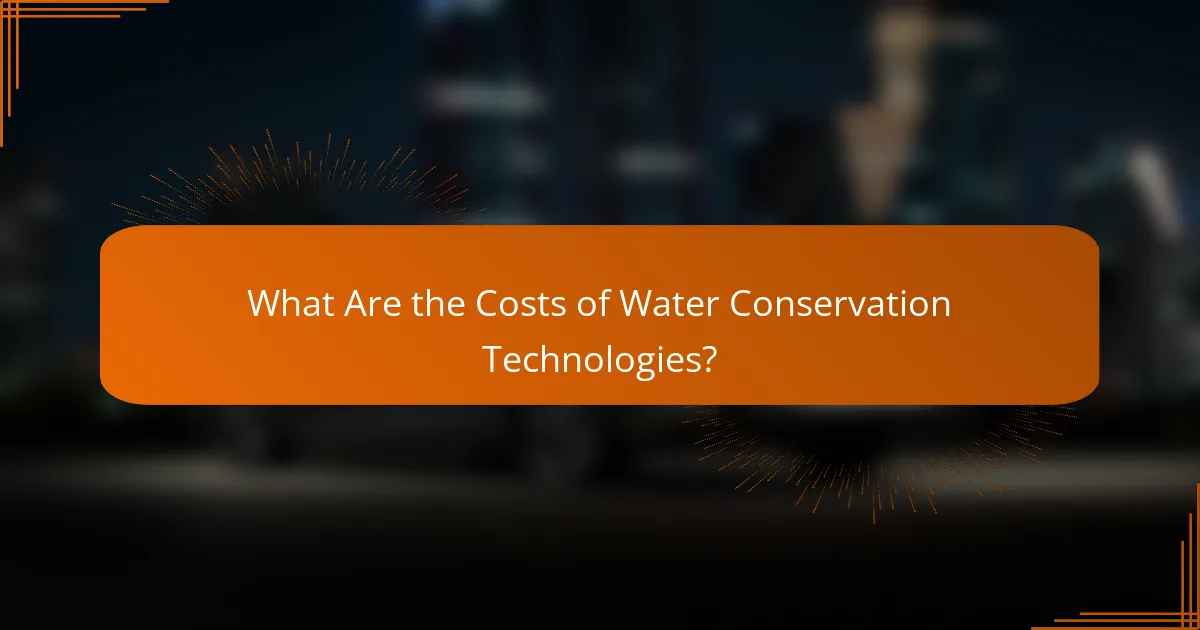
What Are the Costs of Water Conservation Technologies?
The costs of water conservation technologies vary widely based on the type of system, installation requirements, and local factors. Understanding both initial investments and long-term savings is crucial for making informed decisions about implementing these technologies.
Initial Investment
Initial investment costs for water conservation technologies can range from a few hundred to several thousand dollars. For example, smart meters may cost between $100 and $500, while rainwater harvesting systems can start at around $1,000 and go up significantly based on capacity and complexity.
Greywater systems typically require a higher upfront investment, often ranging from $1,500 to $5,000, depending on the plumbing modifications needed. It’s important to consider installation costs, which can add another layer to the initial expenses.
Long-Term Savings
Long-term savings from water conservation technologies can be substantial, often leading to reduced water bills and lower utility costs. Homeowners can expect savings of 20-50% on their water bills after installing these systems, depending on usage and efficiency.
In addition to direct savings, many regions offer rebates or tax incentives for installing water-saving technologies, which can further offset initial costs. Evaluating local programs can provide additional financial benefits and make these investments more appealing.
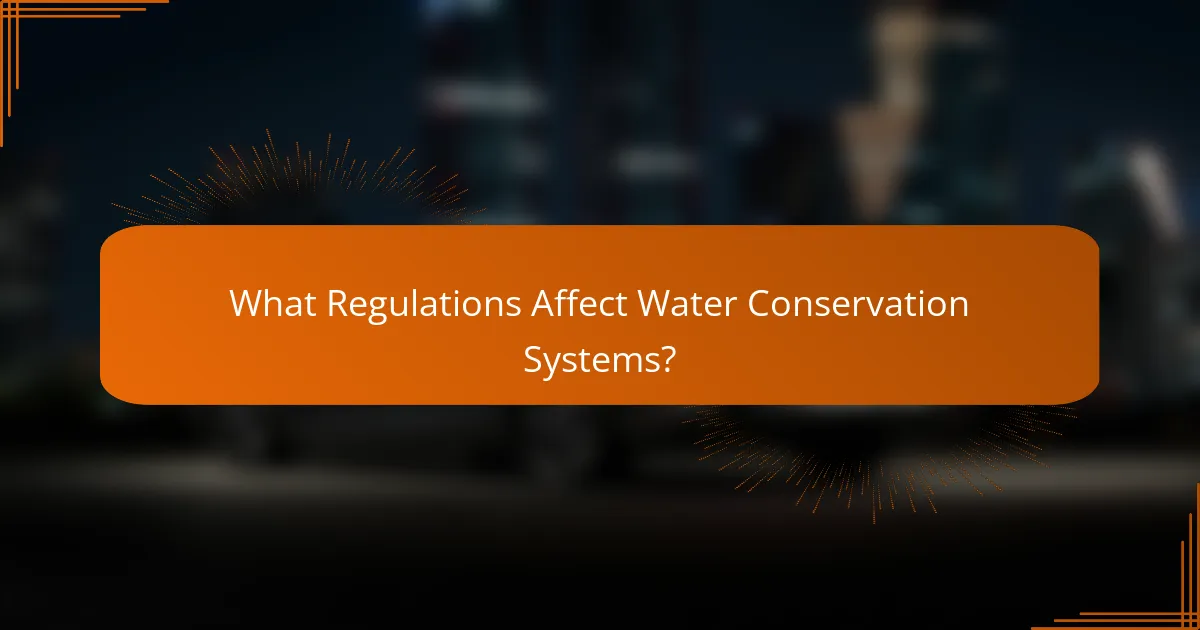
What Regulations Affect Water Conservation Systems?
Water conservation systems are influenced by various local, state, and federal regulations that aim to promote sustainable water use. These regulations may dictate the types of technologies allowed, installation standards, and incentives for adopting water-saving practices.
Smart Meters
Smart meters are devices that provide real-time data on water usage, helping consumers monitor and reduce their consumption. Regulations often require utilities to implement smart metering systems to enhance water management and billing accuracy.
When considering smart meters, check local utility guidelines, as they may offer rebates or incentives for installation. Additionally, ensure that the smart meter complies with any relevant standards for accuracy and data privacy.
Rainwater Harvesting
Rainwater harvesting systems collect and store rainwater for non-potable uses, such as irrigation and toilet flushing. Many regions have specific regulations regarding the design, installation, and maintenance of these systems to ensure safety and efficiency.
Before setting up a rainwater harvesting system, verify local codes that may require permits or inspections. Some areas may also provide financial incentives or tax credits to encourage the adoption of rainwater systems.
Greywater Systems
Greywater systems recycle wastewater from sinks, showers, and washing machines for irrigation or toilet flushing. Regulations governing greywater use vary widely, with some regions allowing it only for specific applications or requiring filtration systems.
To implement a greywater system, familiarize yourself with local laws that dictate installation practices and water quality standards. It’s also advisable to consult with a professional to ensure compliance and to avoid potential health risks associated with improper use.
